We Grow by Embracing Our Teaching Mistakes
A MiddleWeb Blog
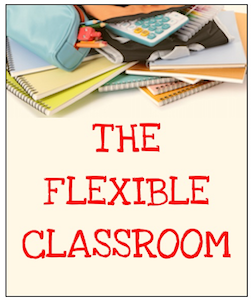
When do you chalk it up to circumstances – a lesson interrupted by an assembly or a schedule change, a technology failure, or simply a bad classroom dynamic that day?
When do you just admit that the problem is you?
These aren’t easy questions, and as a veteran teacher, I still struggle against the urge to just ignore a wobble and reinvent the wheel each year. When a unit isn’t stellar, I usually want to just plan something else for the next time I teach this content.
The problem with that solution is that it stops me from ever reaching “mastery.” One question I’ve been asking myself lately in these situations is: What made me choose to design this unit plan this way in the first place?
I’m trying to set cues for myself to be more reflective and examine whether the lackluster unit or lesson is due to bad pacing, lack of formative assessments to gauge student readiness, or failure to engage students.
Let’s look a little closer
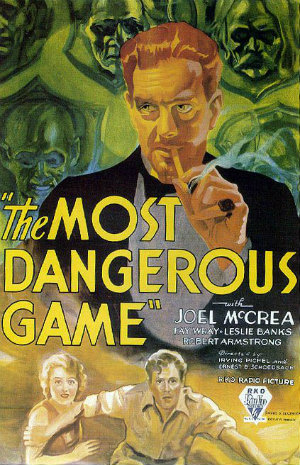
The 1932 movie based on Connell’s story.
I wouldn’t say that last year’s unit on “The Most Dangerous Game” by Richard Connell wasn’t successful. But I also have doubts that I inspired anyone to love reading who already didn’t.
In other words, it wasn’t stellar, so it was a perfect candidate for some self-reflection. The story itself is great – who wouldn’t love a twist as ironic as the hunter becoming the hunted? Students did enjoy this aspect, and there were lots of good conversations, but in the end, the total lesson experience left me wishing for something else.
In one tiny corner of my lesson plan template there is a box for “reflection.” Last year I wrote this cryptic little note to myself: “hit vocab first” and “outloud too.” If you find my notes a little vague, you wouldn’t be the only one. A year later, and I think I need to enlarge that box a bit!
However, “The Most Dangerous Game” is a story that is rich in figurative language and depth, and I really love the MDG Figurative Language Search I used last year. Even though elements of the lessons weren’t perfect, I’m determined to improve the unit and hook some reluctant readers in the process.
Too often, teachers bail on a plan that didn’t go perfectly when really the reflection process and a little faith in the Growth Mindset could vastly improve student achievement. Why? Because when we revisit instead of discard we improve our practice. Research supports this “theory,” and we must be patient and deliberate enough to work through the rough patches when we sense the lesson is important.
Trusting my own reflections from last year – as vague as they were – I dove into the two areas I mentioned in my little template box. Here’s how the unit has changed.
“Hit Vocab First”
I did recall my “aha” from last year that the vocabulary in this 1924 Collier’s Magazine story is archaic (at least in the eyes of 21st century eighth graders), and it uses words in odd ways – ways that had been off-putting to my students.
Last year, I honestly hadn’t read the story with the mind of a middle schooler. This year, I reread the story, noting words that were important to the plot and characterization. For example, I’ve done more than my fair share of reading, yet I had never seen the word cosmopolite used. This isn’t something you can just skim over; part of the plot turns on the student understanding of who is a cosmopolite and who is naive.
I created a slideshow of 13 potentially challenging MDG words, carefully choosing words that were important for students in the context of the characters and plot. I explained to them that we’d only have a multiple choice quiz later because I didn’t expect them to start “owning” words like palpable on a first encounter.
This idea of word ownership is a new distinction I’ve started making when teaching vocabulary – some words are to “use” in a specific circumstance like reading a story and some words are to “own” and start using in everyday life.
I equate it to a formula in math. Some formulas are used to solve certain problems, but other formulas you’ll need to memorize because they are so often useful. As teachers, we know this to be receptive and expressive vocabulary. I think it is important that we cue students into the level of relevancy of particular words we are studying.
I spent the day before we listened and annotated the story pre-teaching the vocabulary. I used the slideshow and held mini-conversations around each word. I’m a strong believer in making social connections to words. Using student’s names, mentioning their sports, discussing how a word relates to a popular song are just extra ways to “bookmark” the word for the future.
I built in a formative assessment on the last few slides. I’m thrilled to report that students were able to recognize how to use the words in context, but predictably struggled with the distinction between “palpable” and “tangible.” We relied on the pictures to make the connection that fog would be a good example of “palpable” because it was perceivable by the senses but not touchable.
The best thing about the pre-reading vocabulary is that we used the connotations of the words I’d chosen for them to make a prediction about the kind of story we were going to be reading. Students really enjoyed the activity.
Thinking about it in terms of my own practice, I was impressed by the teaching/learning effectiveness of this strategy and began realizing how well it would work across the curriculum. Introducing the vocabulary and studying the connotations is a nice way to prepare students for reading by setting their purpose.
My Other Note: “Outloud Too”
I’m not that teacher who can use different voices and perform dramatic monologues. Luckily, there are plenty of people online who are great, and students are also able to go back and listen a second time if they need to. Parents and families particularly appreciate links to the audio because they are able to provide support at home.
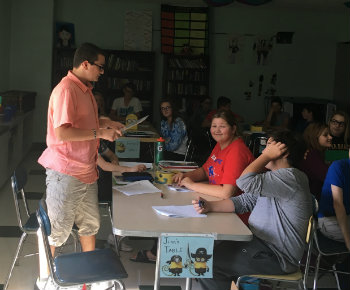
This year, I’m honoring the realization that the level of challenge is significant, and I want to give them every advantage. I’m comfortable letting them follow along.
I have to reflect on my decision from last year, though. Why did I want them to read it first alone? Did I have a good reason? Or, was I making a pedagogical mistake?
Retrospectively, I know that the flaw was with me. I sometimes forget that middle level students still need reading supports and they need direct instruction as well. I feel that my correction this year is more in line with middle school developmental needs. Did I suddenly have this epiphany? No. I knew better last year, but I made the wrong decision to rush the timing to one day instead of the two that it deserved.
The discomfort of reflection fades fast
No one wants to look at their mistakes, but that is where the learning is, right? My reflection bruised a nerve, as yours might too. Yet as teachers we have to cut ourselves some slack. This wasn’t my best unit last year, but there were glimmers of greatness. I wouldn’t give up on my students this easily, so why give up on myself? Why not reap the benefit of learning from my mistakes?
Image credit
The Most Dangerous Game poster: By RKO Radio Pictures (corporate author) (Internet Movie Poster Awards Gallery) [Public domain], via Wikimedia Commons


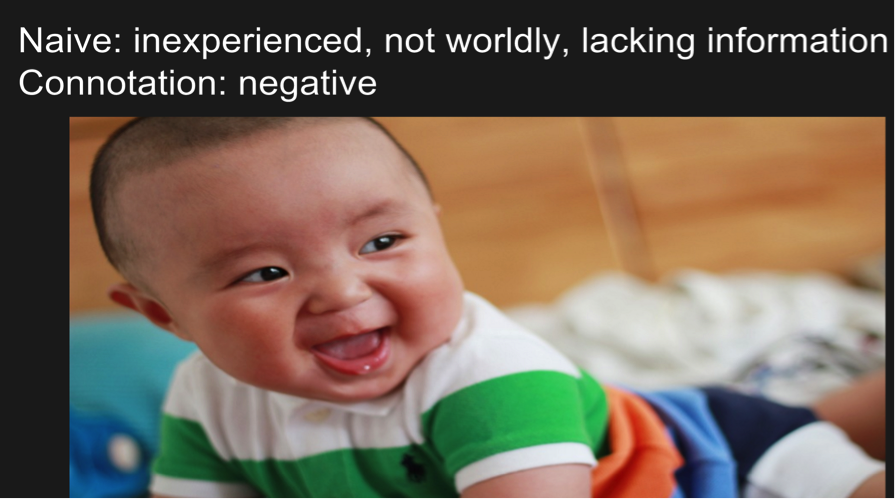
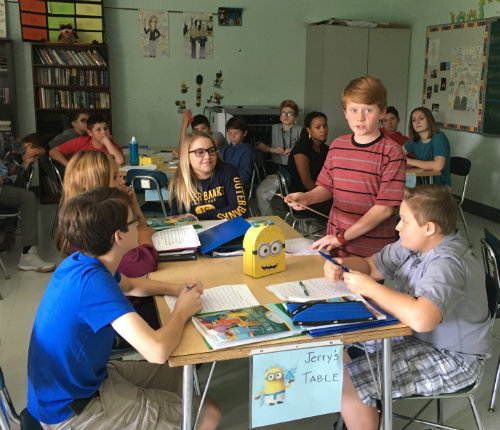


































Amber, loved both the story and what you did with it the second time around. Teaching middle schoolers is different from teaching at the high school level. You are good at both- rare quality for a teacher, but you have it. Couldn’t be more proud of you. Your students are lucky to have you. Zoey and Ollie are growing up so fast. Enjoy every minute with them. Miss you
Thanks Mary! You were in my first inner circle of teachers, and I learned so much. I mentor new teachers because of the amazing mentoring I received in my first few years.